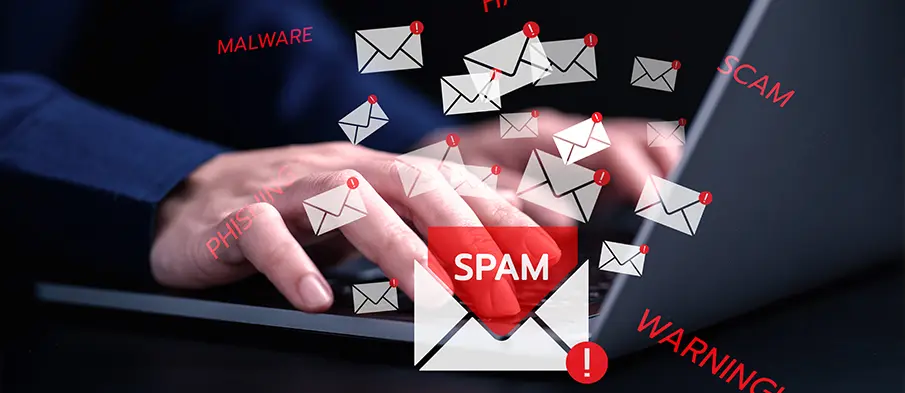
This scenario highlights the critical vulnerabilities inherent in spear phishing attacks, especially when targeting engineers who may trust emails from spoofed partners. The installation of a backdoor via a weaponized PDF not only compromises the integrity of the CAD vault but also exposes sensitive design intellectual property to potential competitors. The impact is multifaceted, undermining the company’s competitive edge and necessitating a comprehensive forensic investigation, bolstering of CAD security protocols, and a thorough reassessment of the security measures within the supplier ecosystem to prevent future breaches.
Scenario & Impact
The advanced spear phishing attack illustrates a significant risk exposure for organizations, targeting a senior design engineer through a spoofed OEM partner email that delivered a weaponized PDF. Upon opening, the unsuspecting engineer inadvertently allowed a backdoor to be installed, which provided ongoing access to sensitive intellectual property stored in the CAD vault, including critical schematics and proprietary designs. This breach not only poses severe business and technical impacts, diminishing the organization’s competitive edge, but also threatens to undermine client trust and market position as exfiltrated designs circulate among offshore competitors.
Incident Response:
In the wake of the incident, immediate actions must include isolating the affected systems to prevent further access and initiating a forensic investigation to determine the breach’s extent and impact. Key roles for the incident response team should involve IT security specialists, legal counsel, and communication leads, working collaboratively to establish a clear communication strategy for informing relevant stakeholders and ensuring transparency while managing reputational risks.
Remediation & Future Prevention
A thorough root cause analysis is essential to understand the exploitation of the zero-day vulnerability in the PDF reader, followed by the recovery process for securing the CAD system and restoring lost data. As preventive measures, organizations should implement robust security awareness training for employees, improve email filtering and authentication protocols, apply regular software updates, and conduct routine security audits across the supplier ecosystem to safeguard against future attacks.






